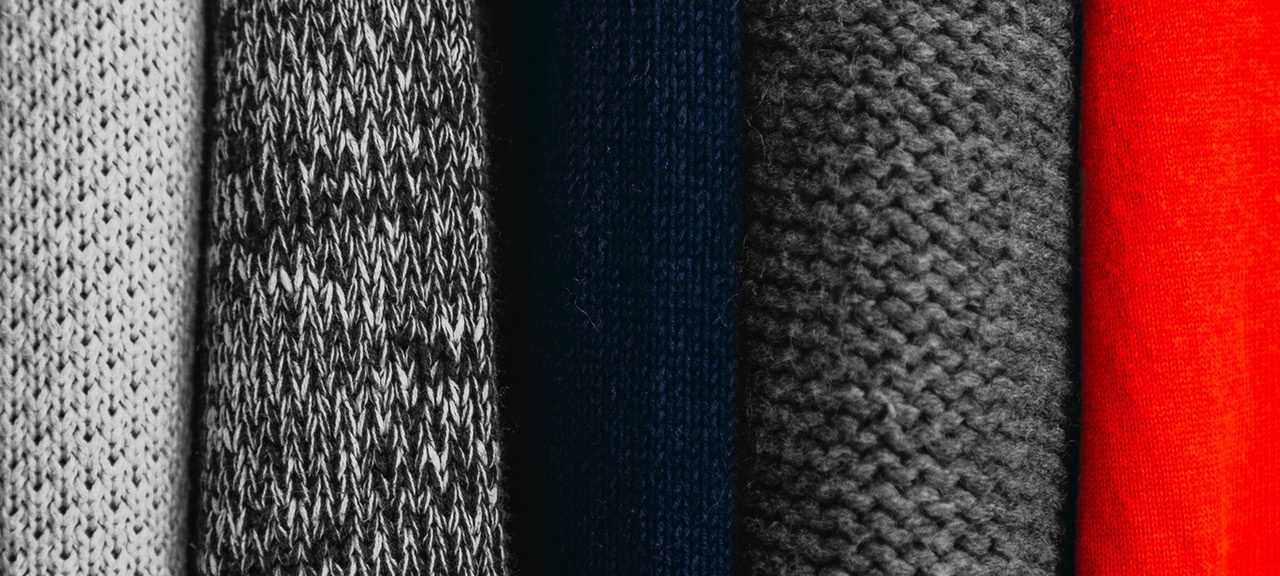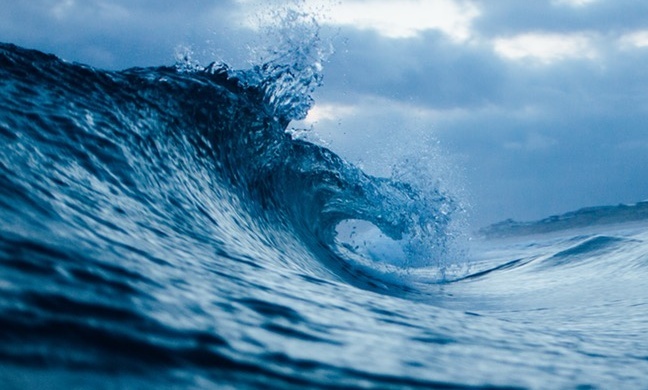Everything You Need to Know About Microfibers and Their Impact on Ocean Life
By on Apr 19 2017

Here's a statistic for you: 95% of waterways' plastic pollution comes from microfibers. This is compared to the 5% produced by microbeads the little beads found in many exfoliating face washes.
I've often questioned my choice in facewash because of the microbeads, which have been banned in the U.S. However, recent studies are finding that microfibers are even more dangerous.
What Are Microfibers
Before we talk about this more, let's define microfibers.
"A very fine polyester fiber, weighing less than one denier per filament, used especially for clothing. " Dictionary.com
It's affine synthetic fiber that has a smaller diameter than a strand of silk. They are often made of polyester, polyamides like nylon, or a combination of the two with polypropylene.

Microfibers can pretty much do anything, and they are found in a variety of types of clothing because of their versatility. In athletic clothing, they wick away moisture. They are also very flexible, so they also work well in undergarments.
Microfibers can be made into anything. They're used to make faux leather, cell phone cases, backpacks, and more. They're used in popular and effective cleaning products as well. It's likely that your favorite glasses cleaner is made from microfibers.
How They Are Polluting Oceans

First off, the part of microfibers that is polyester is made from petrochemicals, which are not renewable and not biodegradable. They cannot be recycled unless they are made of polypropylene. Clothing made from materials such as spandex, acrylic, polyester, rayon and nylon are the sources of microfibers being found in our oceans.
One clothing item made from microfibers can shed thousands of fibers in just one wash. This is something that Patagonia, who funded a study conducted by researchers at the University of California at Santa Barbara, cares a great deal about because a lot of their clothing is made from microfiber.
Researchers found that tiny bits of your microfiber clothing come off when you wash them, and these particles much like those microbeads are too small to be filtered out in treatment plants, so they enter the ocean, rivers, and lakes. Marine life than eat the waste.
If the idea of sea turtles and fish eating plastic doesn't concern you, then the idea that we're eating these fish after they eat our plastic waste might. It's essentially poisoning our food chain.
What Can We Do?
There are a few steps you can take to help lessen the amount of microfibers added to the ocean.
In their study, researchers found that front-loading washing machines pulled five times fewer microfibers from clothing.
Also, you want to make sure you're buying quality, durable products, and that you wash them as infrequently as you can. Better made products will last longer, keeping from adding them to the landfill and keeping you from buying a new one sooner than you need to.

Stay up to date and informed as this study progresses. Patagonia has partnered with North Carolina State University for the second study, and they are providing customers with information on how to care for synthetic clothing. These tips include:
- Buy only what you need and buy high quality so that it lasts longer.
- Wash as infrequently as you can and invest in a front-load washer.
- Buy a filter bag to wash your synthetics in or install a permanent washing machine filter.
Many new products are on the horizon that you can buy to help trap shedding microfibers in the wash. Patagonia will be selling Guppy Friend a filtering garment bag on their website and in stores soon, and microfiber catcher ball is in the works for later this year.
There are no materials that have no effect on the environment we just need to be aware of their impact and of how we can minimalize that impact as much as possible.
Sources:
https://en.wikipedia.org/wiki/Microfiber https://www.theguardian.com/environment/2016/jun/20/microfibers-plastic-pollution-oceans-patagonia-synthetic-clothes-microbeads http://www.patagonia.com/blog/2017/02/an-update-on-microfiber-pollution/ http://www.patagonia.com/blog/2016/06/what-do-we-know-about-tiny-plastic-fibers-in-the-ocean/





